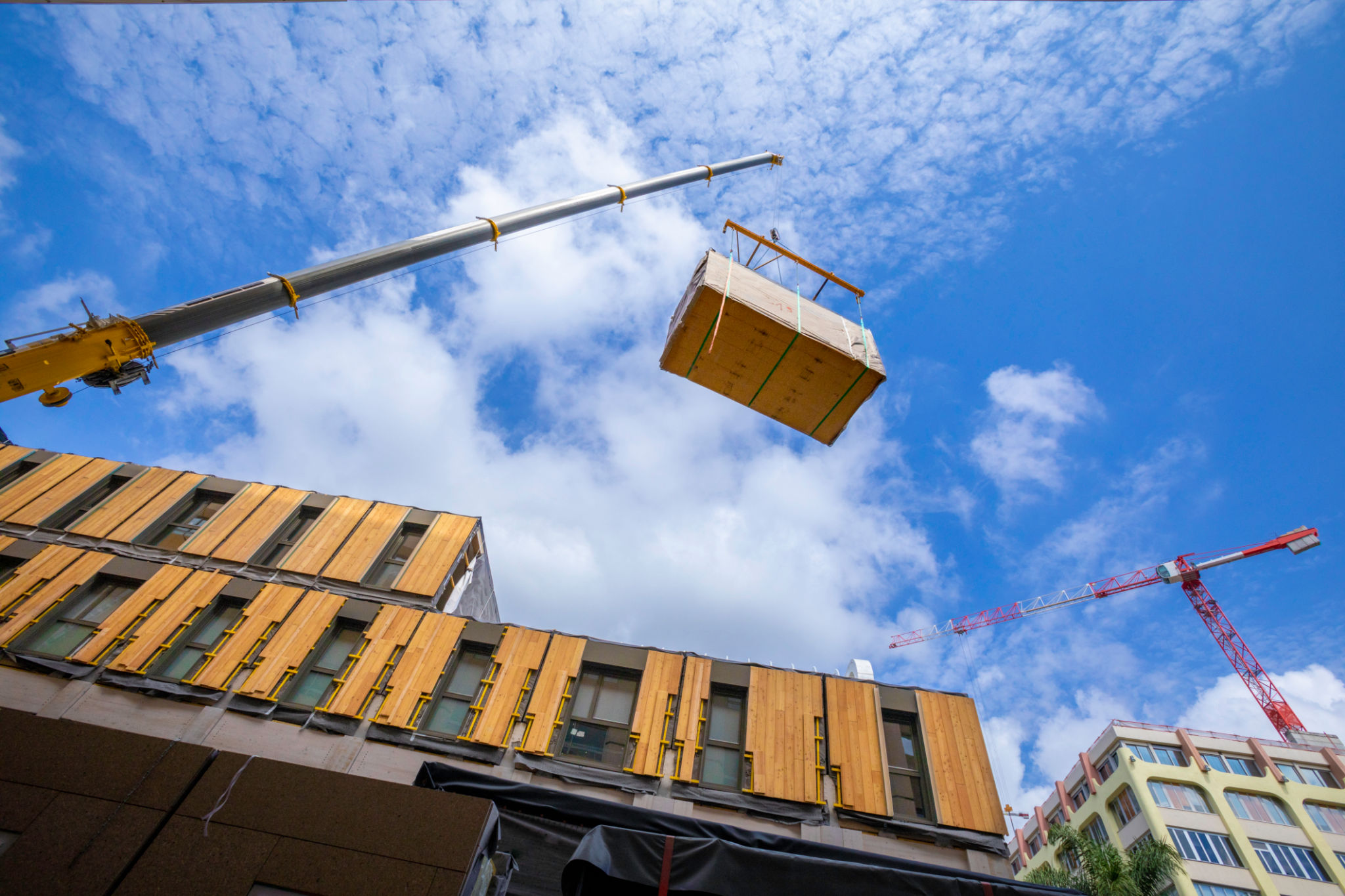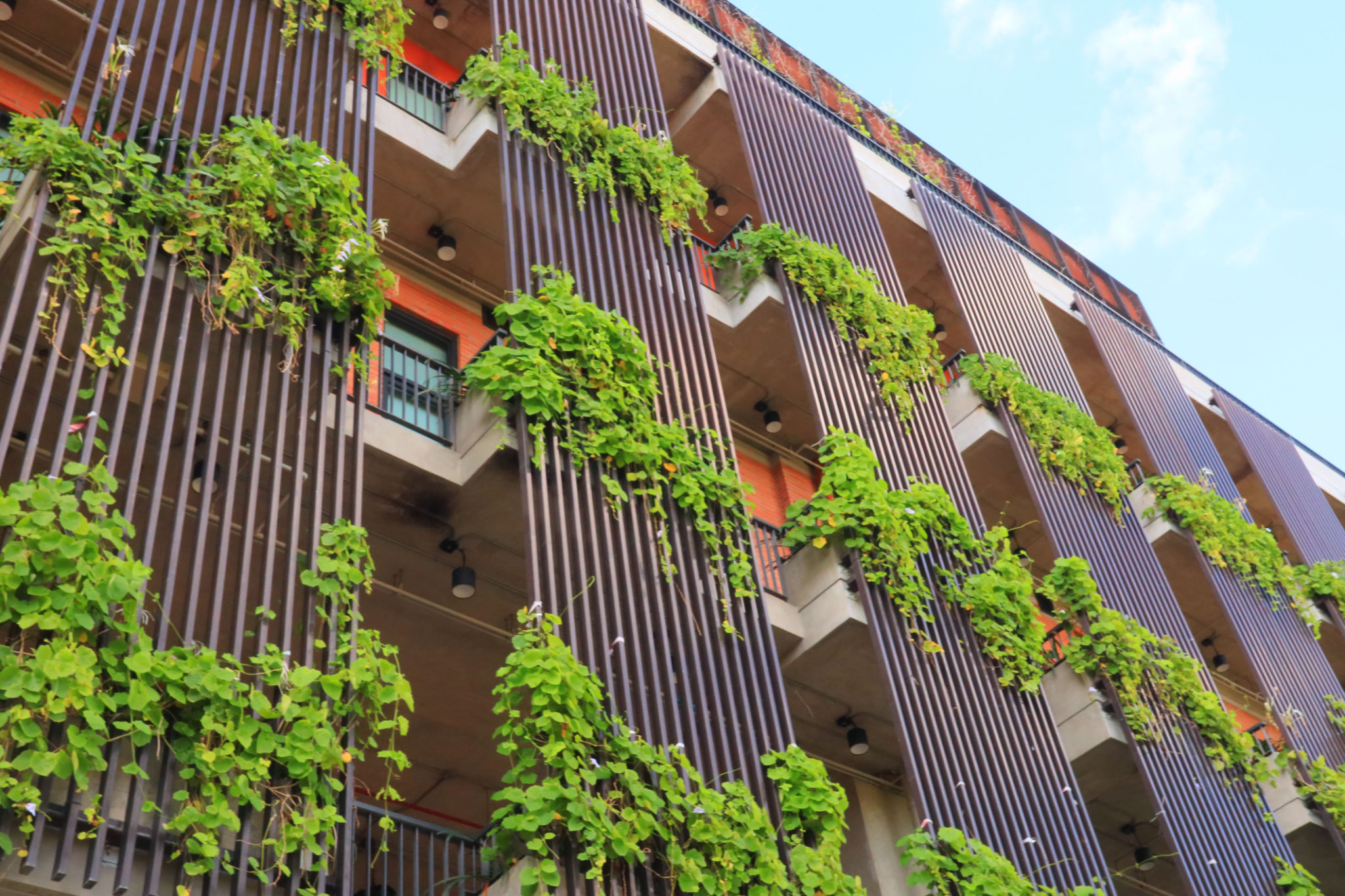Achieving Net Zero: Strategies for Sustainable Construction Practices in the UAE
Understanding Net Zero in Construction
Achieving net zero has emerged as a critical goal for sustainable construction practices in the UAE. Net zero refers to the balance between the amount of greenhouse gases produced and the amount removed from the atmosphere. In a construction context, this means designing and operating buildings that minimize energy consumption and maximize efficiency to achieve zero carbon emissions.
The UAE, known for its rapid urban development, is increasingly focusing on sustainable growth. By integrating advanced technologies and innovative methodologies, the construction industry is transforming to meet these ambitious environmental goals.

Energy-Efficient Design
A cornerstone of achieving net zero in construction is energy-efficient design. This involves optimizing building orientation, using high-performance insulation, and installing energy-efficient windows and doors. These elements work together to reduce the need for artificial heating and cooling, thereby lowering energy consumption.
Incorporating renewable energy sources, such as solar panels and wind turbines, further supports energy efficiency. Many projects in the UAE are now integrating these renewable solutions to harness natural resources effectively, significantly reducing reliance on non-renewable energy.
Innovative Building Materials
The choice of materials plays a pivotal role in sustainable construction. Utilizing low-carbon materials such as recycled steel, sustainable timber, and high-strength concrete can reduce a building's carbon footprint. These materials not only lower emissions during production but also enhance the overall sustainability of the structure.

Green building certifications, such as LEED and Estidama, encourage the use of these materials by providing guidelines and incentives. Adhering to these certifications can help projects meet net zero targets more effectively.
Smart Building Technologies
Smart technologies are revolutionizing construction by enabling real-time monitoring and management of energy consumption. Building management systems (BMS) can optimize energy usage, lighting, and HVAC systems based on occupancy and external weather conditions.
Moreover, the integration of IoT devices allows for predictive maintenance, reducing energy waste and extending the lifespan of building systems. These technologies are essential for achieving net zero by ensuring that buildings operate at peak efficiency at all times.

Water Conservation Strategies
Water conservation is another crucial aspect of sustainable construction. Implementing rainwater harvesting systems, greywater recycling, and low-flow fixtures can significantly reduce water usage in buildings. These systems not only conserve water but also reduce the energy required to treat and transport water.
The UAE's arid climate makes water conservation particularly important, and many new developments are now incorporating these strategies as standard practice.
Community Engagement and Education
Achieving net zero is not solely dependent on technological advancements; it requires a shift in mindset among stakeholders, including developers, architects, and occupants. Educating communities about the benefits of sustainable practices and encouraging participation in green initiatives are vital steps towards this goal.
Workshops, seminars, and awareness campaigns can help foster a culture of sustainability, empowering individuals to contribute to net zero objectives both at home and within their communities.

The Path Forward
The journey to achieving net zero in construction is challenging but necessary for ensuring a sustainable future in the UAE. By embracing energy-efficient design, innovative materials, smart technologies, and water conservation strategies, the construction industry can significantly reduce its environmental impact.
Collective efforts from all stakeholders are essential to drive progress. With continued innovation and commitment, the UAE can lead by example in sustainable construction practices, paving the way for other nations to follow suit.